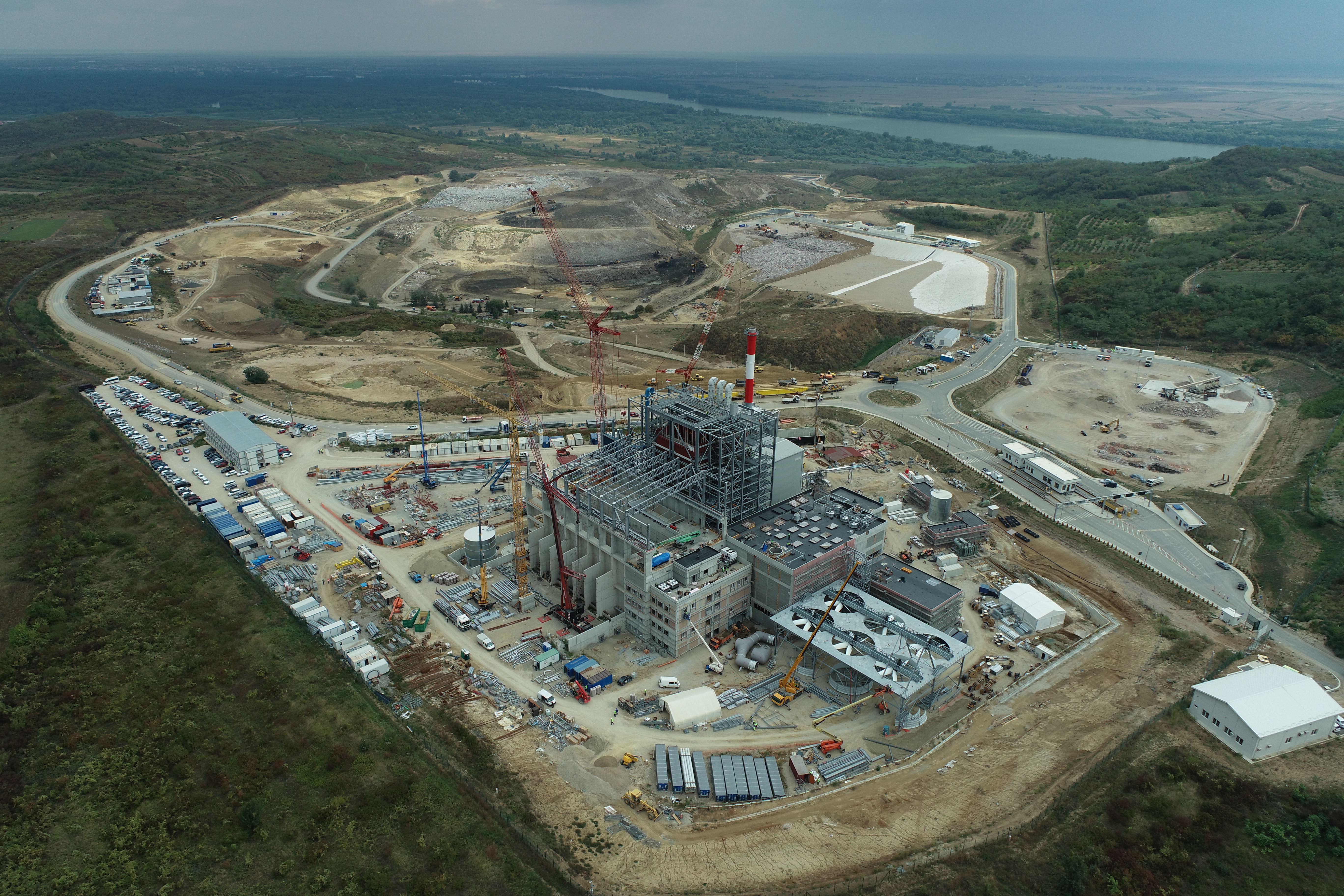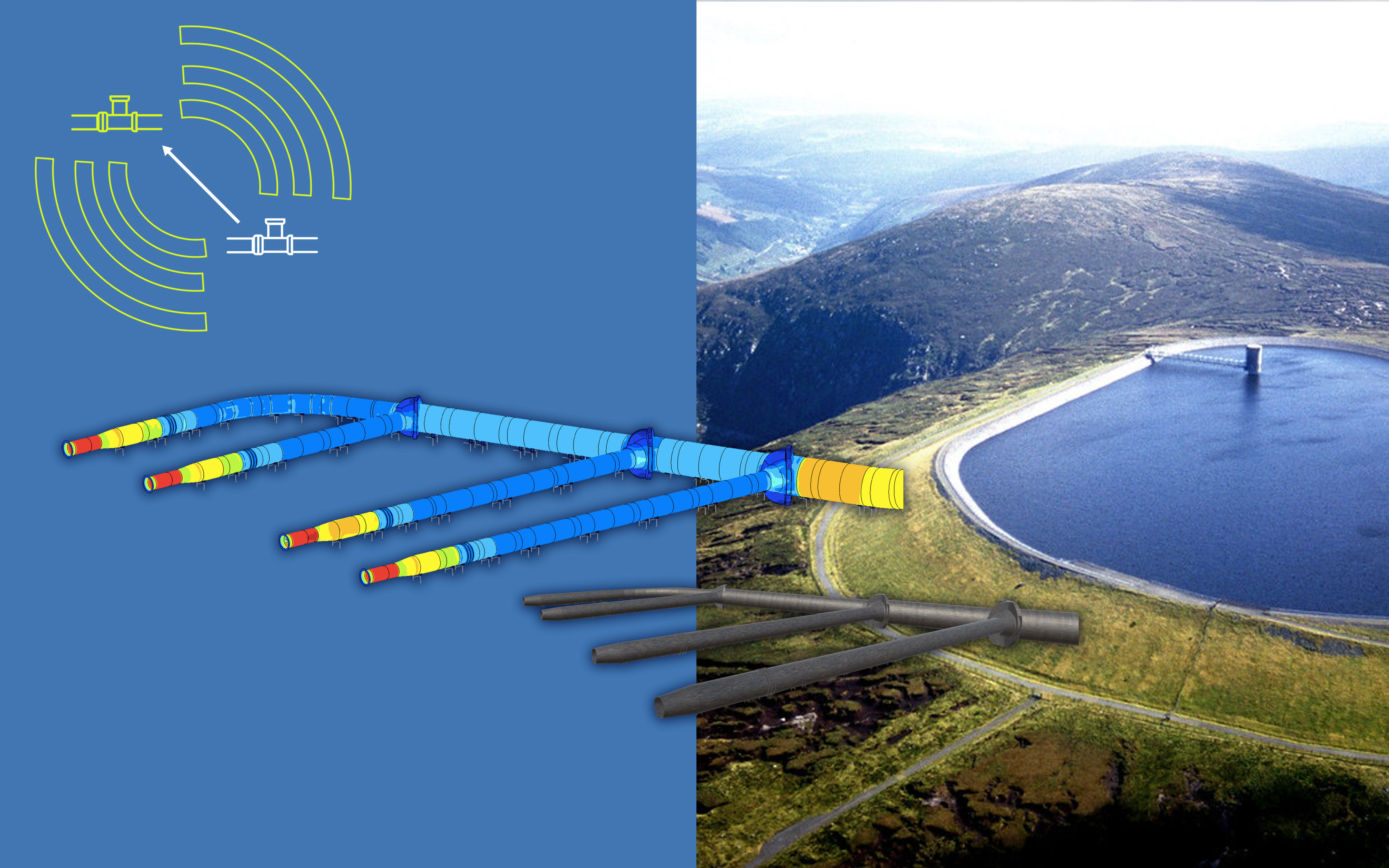Innovative solutions to fund and finance infrastructure
Current infrastructure needs far exceed the capacity of public funding, and private investment in infrastructure is insufficient to meet the investment gap, despite private capital’s stated eagerness to invest in infrastructure. Governments urgently need solutions to improve the quality and quantity of projects to attract investors and convert the potential of private capital into completed transactions.
Solutions for structuring bankable projects and attracting private investment
The Innovative Funding and Financing (IF&F) tool aims to help governments structure bankable projects that attract private investment, highlighting specific solutions for structuring projects to optimise private infrastructure investment. It consists of (1) a framework for understanding the factors that support private sector investment, and associated funding and financing solutions; and (2) a library of global, real project case studies exemplifying these solutions.
IF&F complements the work of the G20’s Infrastructure Working Group and contributes toward the G20 Roadmap to Infrastructure as an Asset Class – an initiative that is ultimately focused on lifting growth, creating jobs, and increasing productivity through infrastructure.
Join the GI Hub and IFC webinar series on funding and financing solutions

The GI Hub in collaboration with the International Finance Corporation (IFC) has created the webinar series New Deals: Funding solutions for the future of infrastructure. This series features global project teams sharing the practical solutions and funding innovations they have used to create bankable projects while attracting private investment, de-risking the investment, optimising asset value, and achieving sustainable development goals.

The GI Hub in collaboration with the International Finance Corporation (IFC) has created the webinar series New Deals: Funding solutions for the future of infrastructure. This series features global project teams sharing the practical solutions and funding innovations they have used to create bankable projects while attracting private investment, de-risking the investment, optimising asset value, and achieving sustainable development goals.

Kampala, Uganda - Uganda is targeting a 22% emissions reduction from a business-as-usual scenario by 2030. The Achwa 1 run-of-river hydropower plant is part of the effort to expand and make green the country's energy grid. Climate Investor One combined with Berkeley Energy to provide the funding for the construction of the dam. View the case study.
Image courtesy Drew Wilson via Unsplash
Project characteristics that attract private infrastructure investment
As noted above, the first element of IF&F is a framework for understanding the factors that support and drive private sector investment, and associated funding and financing solutions.
As defined by the International Monetary Fund, funding of a project refers to how investment and operational costs are repaid over time; in the case of public infrastructure, this means by users, taxpayers or a combination of both. Financing refers to money raised up front – through equity or debt instruments – for the design, construction and early operating costs of an asset. New funding and financing models have emerged in recent years, with a whole range of solutions to increase and diversify revenues and financing options.
The framework takes into consideration the macro-economic climate, legal and regulatory context, and management capabilities needed to deliver a project as well as the overarching objectives of the relevant government’s infrastructure program. However, its focus is on how the following factors impact a project’s ability to attract private investment:
- The risk-weighted return profile, including the models through which the private sector participates in deals and the entities that provide the necessary capital
- The use of three levers that help governments capture the value inherent in their projects and programs. These levers are critical to creating strong projects capable of attracting the capital needed:
Revenue levers
are the fundamental means of generating cash flows to fund projects. They directly drive the amount of value that will be created by a project, which drives the business case for investors.
Risk management levers
are the contract clauses and financial instruments that balance the risk-reward profile of a project – a non-negotiable requirement of most investors.
Financing levers
are the sources of capital for a given project. Capital may be sourced as equity or debt, or sometimes as a combination of the two.
Download the framework
The full framework and details about how to use it are contained in the link below. The G20 Infrastructure Working Group Reference Note provides additional insights and background analysis.
Project case studies in advanced, developing, and emerging markets
Below are links to more than 50 global, real project case studies.
These case studies exemplify innovative use of revenue, risk management, and financing levers.
The levels of innovation in the case studies are described as:
- Frontier-traversing: These case studies show refinement of best practice.
- Frontier-extending: These case studies are of existing solutions applied for the first time in a new market.
- Frontier-breaking: These case studies are of solutions being applied for the first time.
Featured case study
We are continuing to add new case studies that showcase innovative funding and financing approaches.
View the latest, showcasing a solar leasing project at Singapore's Jurong Port, which significantly reduced carbon emissions and lowered costs.
Related resources
This taxonomy developed by OECD maps out investment options available to private investors, identifying channels through which they can invest in infrastructure projects.







 Piracicaba-Panorama Highway (Brazil) - User-based revenue lever
Piracicaba-Panorama Highway (Brazil) - User-based revenue lever











